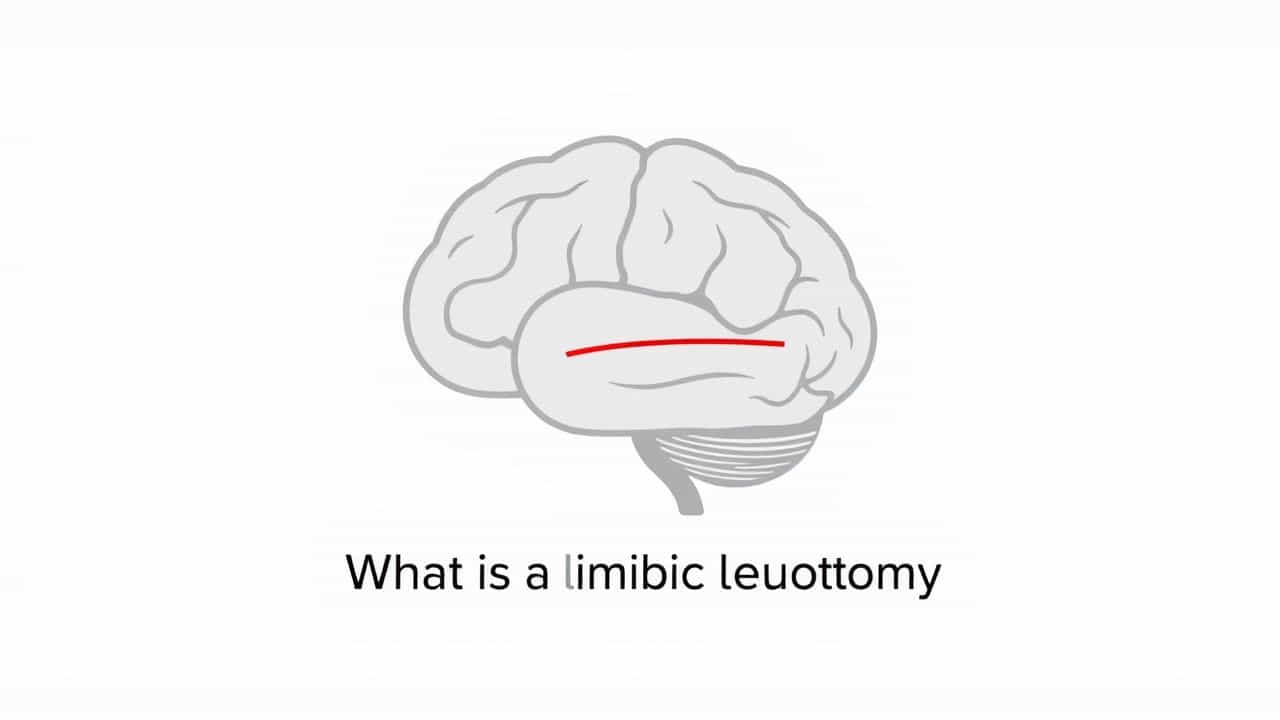Understanding Limbic Leucotomy: A Deep Dive into Its History and ImpactLimbic leucotomy, a term that might sound unfamiliar to many, refers to a controversial neurosurgical procedure designed to treat mental health conditions. This topic will explore what limbic leucotomy is, its history, its uses, and its effects. The goal is to provide a clear, easy-to-understand explanation of this once-popular treatment that is now rarely performed.
What Is Limbic Leucotomy?
Limbic leucotomy is a type of psychosurgical procedure that involves severing connections in the brain’s limbic system, which is responsible for emotions, behavior, and memory. The procedure was developed to address severe psychiatric conditions such as depression, anxiety, and certain forms of schizophrenia, which were otherwise difficult to treat with medication alone.
The Limbic System: A Brief Overview
The limbic system consists of structures like the hippocampus, amygdala, and hypothalamus, which regulate emotions, memory, and some autonomic functions. By interrupting the communication within this system, the goal was to alleviate symptoms of various mental health disorders.
History of Limbic Leucotomy
Limbic leucotomy is a variation of the more widely known lobotomy, a procedure that became infamous in the mid-20th century. The lobotomy, developed by neurologist António Egas Moniz, involved cutting the connections to the frontal lobes of the brain, which were thought to control higher cognitive functions. While lobotomies gained some popularity, they also led to severe side effects like personality changes and cognitive impairments.
In the 1950s, surgeons began to explore more targeted approaches. Limbic leucotomy was one such attempt to address psychiatric issues while reducing the risk of severe consequences like those seen with lobotomies. Unlike lobotomy, limbic leucotomy aimed to target the limbic system more precisely, with the hope of alleviating psychiatric symptoms without causing irreversible damage to cognitive abilities.
The Procedure
The procedure typically involved a surgeon making small incisions in the brain and using instruments like electrodes to sever the nerve fibers within the limbic system. While the operation itself was considered less invasive than a full lobotomy, it was still highly risky and often led to significant side effects.
The Use of Limbic Leucotomy
Limbic leucotomy was primarily used for patients with severe, treatment-resistant mental health disorders. These included conditions like:
-
Severe depression: When patients did not respond to other forms of treatment, such as therapy or medication.
-
Anxiety disorders: Particularly those that caused debilitating, chronic distress.
-
Schizophrenia: In cases where other treatments were ineffective, and the patient had not responded to antipsychotic medications.
The idea behind the procedure was that by altering the way the limbic system processed emotional and sensory information, it would reduce the intensity of the patient’s symptoms. For some, it seemed to work; however, for others, the results were far from positive.
The Decline of Limbic Leucotomy
As time went on, medical professionals and researchers began to recognize the dangers and ethical concerns surrounding limbic leucotomy. Many patients who underwent the procedure experienced side effects, including changes in personality, emotional numbness, and cognitive impairments. These adverse effects often outweighed any potential benefits, leading to a sharp decline in the use of the procedure.
In the 1970s and 1980s, as advances in psychiatry and neuroimaging technology allowed for better diagnostic techniques and more effective medications, limbic leucotomy was largely abandoned. Today, it is considered outdated and rarely, if ever, used.
Ethical and Psychological Concerns
The primary ethical issue with limbic leucotomy was its invasive nature. Patients were often subjected to this procedure without fully understanding the risks involved. Moreover, many were not given the option of alternative treatments, such as newer medications or therapy. For many, the side effects were a stark reminder of the limitations of early psychiatric treatments.
Psychologically, the procedure raised questions about the morality of altering a person’s brain to cure” them. The mental and emotional costs often outweighed the potential benefits, leaving patients with long-term psychological scars.
Modern Alternatives to Limbic Leucotomy
Today, psychiatry has advanced considerably. There are now numerous effective treatments for mental health disorders that are less invasive and much safer than limbic leucotomy. These include:
-
Antidepressants and antipsychotics: Modern medications that help regulate brain chemistry to manage mood disorders and schizophrenia.
-
Cognitive-behavioral therapy (CBT): A well-established form of psychotherapy that helps individuals identify and change negative thought patterns.
-
Electroconvulsive therapy (ECT): Though controversial, ECT is still used in extreme cases where other treatments have failed, particularly for severe depression.
-
Deep brain stimulation (DBS): A newer, less invasive technique that targets specific areas of the brain to alleviate symptoms of conditions like depression and Parkinson’s disease.
These treatments, coupled with a better understanding of the brain and its functions, have made procedures like limbic leucotomy obsolete.
The Legacy of Limbic Leucotomy
Though limbic leucotomy is no longer practiced, its legacy remains as a reminder of the evolving field of psychiatric medicine. It highlights both the potential and the dangers of neurosurgery in treating mental health disorders. It also serves as a lesson in medical ethics and the importance of patient rights and informed consent.
Today, psychiatry focuses more on holistic, less invasive approaches, placing a stronger emphasis on patient well-being and ensuring that treatments are both effective and safe.
Limbic leucotomy was a controversial procedure that once offered hope to those suffering from severe psychiatric conditions. However, its decline marked a turning point in the treatment of mental health, as more advanced, less invasive therapies became available. While its use is now a part of medical history, the lessons learned from limbic leucotomy continue to influence how we approach mental health treatment today. Understanding its history helps us appreciate the progress made in the field of psychiatry and the ongoing efforts to improve the lives of individuals with mental health conditions.
By learning from the past, we can ensure that treatments for mental health are both effective and ethically sound, prioritizing the well-being of patients.
“
